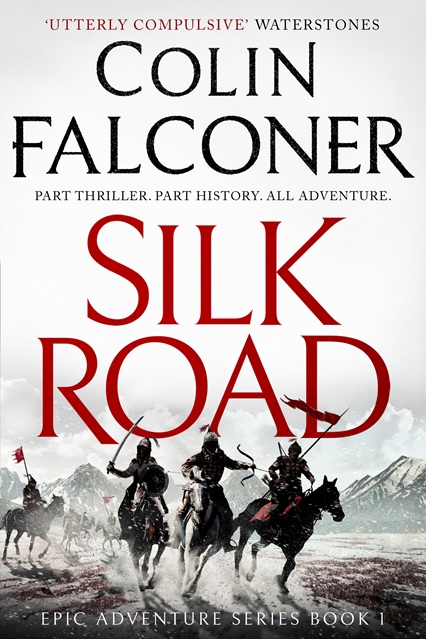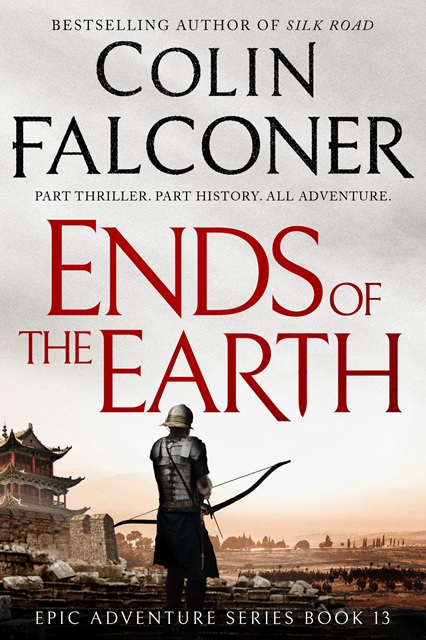Back in the 70’s and barely out of school, I went on a backpacking adventure across the Asian hippie trail. It was exciting, but it was also dangerous. There was no internet, no mobile phones. If you disappeared, no one would know about it for weeks.
And every traveler knew the stories – people were disappearing, their bodies found burned or strangled on beaches all over Asia.
What none of us knew then was that it was all the work of one man.
His name was Charles Sobhraj.
Charlies Sobhraj was born in 1944, in what was then Saigon, to an Indian father and a Vietnamese mother. His father denied paternity. Sobhraj was taken in by a man his mother met and later married. He was a French Army lieutenant stationed in Indochina.
The young Sobhraj committed petty crimes in France and Asia. By the time he reached his mid-twenties, the French police had a thick dossier on him, mostly for robbery. He was arrested and imprisoned in New Delhi after an attempted armed robbery on a jewellers at the Ashok Hotel, but escaped to Kabul.
Then Sobhraj began to perfect a new scam.
He befriended fellow tourists using his unmistakable charisma and good looks. He drugged them, and when they were ill and helpless, pretended to help them while stealing their passports and money.
Back then, passport security wasn’t what it is now. Sobhraj was able to attach his own photograph to the identity page but sometimes didn’t even bother. He spent two years eluding the police, slipping easily across borders using stolen passports.
In 1975 Sobhraj committed murder.
Was it an accidental overdose, as he said, or did he do it to stop one of his victims exposing him to the police?
Whatever started him on this path, what followed in the next year was an exhausting, senseless and messy odyssey of lies, deception, poison and death.
By the time of his arrest in India in July 1976, he had committed at least twenty murders, poisoned and robbed countless tourists, and committed robberies in jewellery stores across Asia.
He was convicted by an Indian court and jailed until 1997. In 2003 he was arrested again, in Nepal, and sentenced to life imprisonment.
Venom.
When I wrote my novel, Venom, in the ‘80s, I was drawn to the story of Charles Sobhraj because his crimes had so recently caught my attention. I based my novel on the real events.
His intelligence and charisma are undisputed. The ingenious methods he used to steal dozens of gemstones and his breathtaking stories of escape from prisons stretch credulity – yet these parts of my novel are true.
But I wondered about his motivation. What makes a man do the things he did? Was it the circumstances of his life or was he born that way?
Nature or nurture?
In real life, the narrative is not linear, and his motives remain unclear.
A fiction writer likes to give life a plot structure and a theme, and in this way, my novel diverges quite a long way from Sobhraj’s story.
There was no sister. No orphanage. And no lifelong obsession with vengeance. These things are my invention.
The unexpected ending to Venom is certainly a result of my imagination. But I liked the symmetry.
Years after its first release, readers remain fascinated by the story, and many still comment they love the twist at the end.
FOOTNOTE: Charles Sobhraj was released from prison at the end of 2022 because of old age. He was 79 years old. Remarkably, he is still alive today and living in France as a French citizen.








